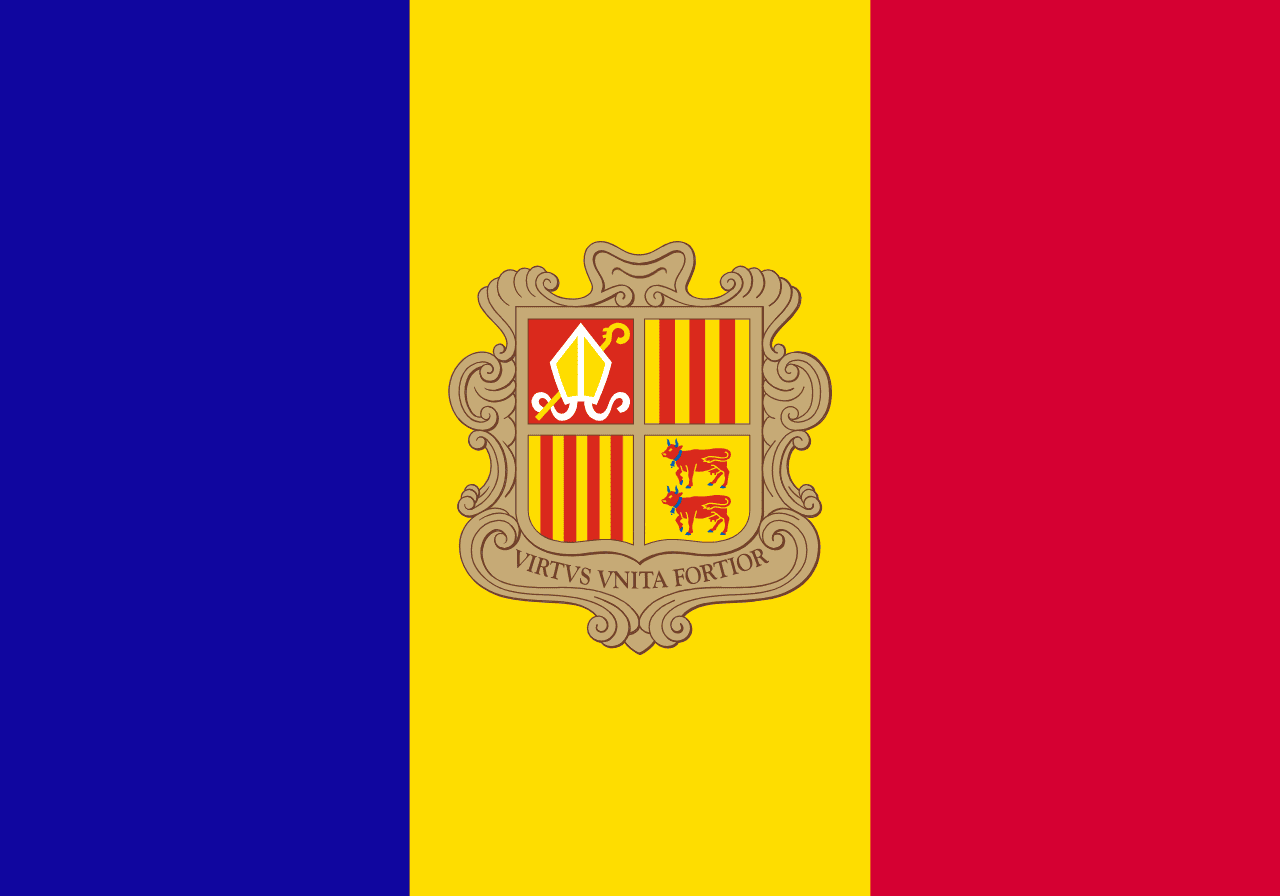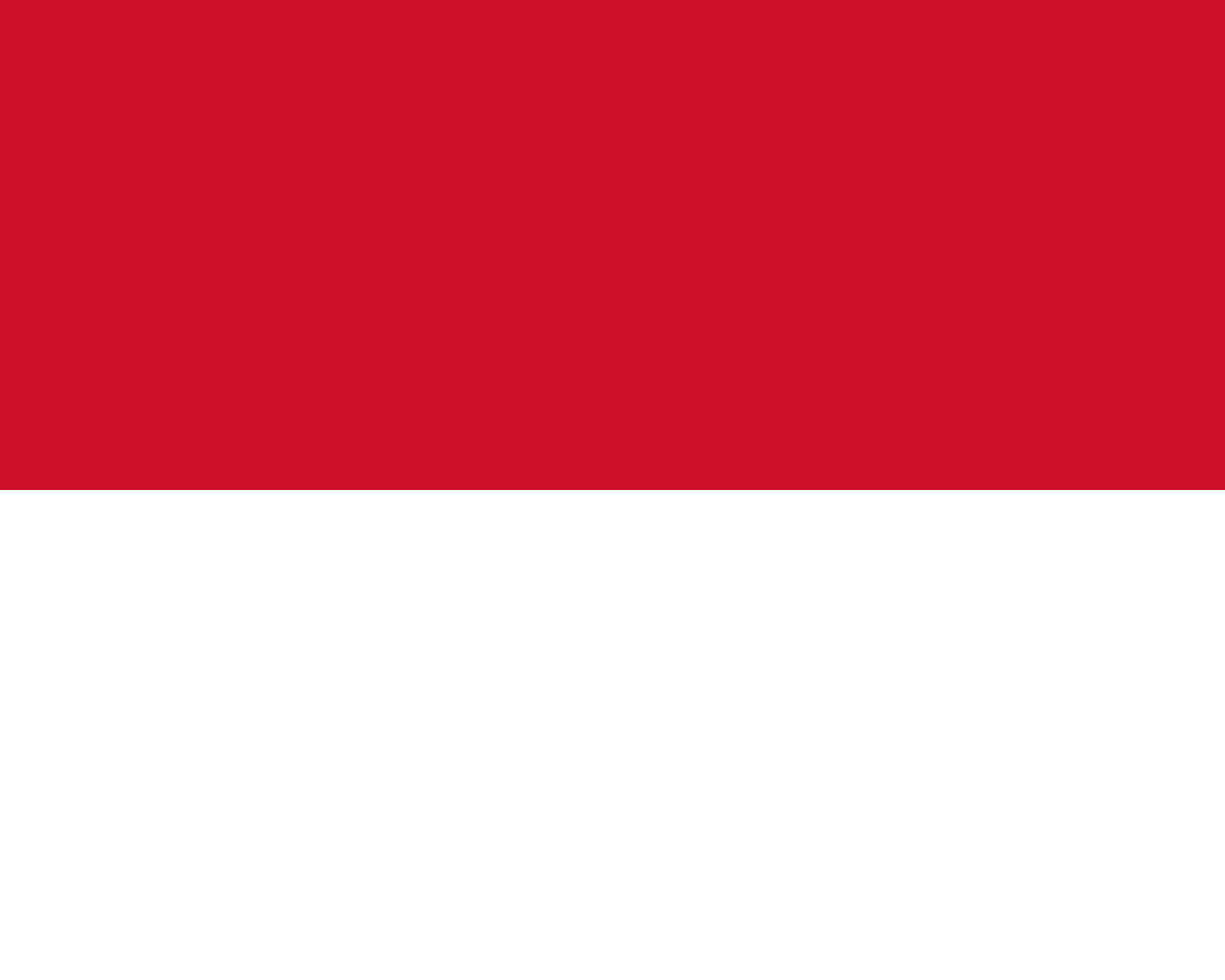Portugal Flag Meaning
A vertical bicolor of green and red with the national coat of arms at the boundary. The design reflects Portugal’s history of exploration, discovery, and national pride.
- Continent
- Europe
- Adopted
- 1911
- Ratio
- 2:3
- Colors
- green, red, yellow, blue, white
- Designer
- Adopted by the First Portuguese Republic after the monarchy fell

Symbolism
Green Field: Represents hope and the revolution of the Portuguese Republic.
Red Field: Symbolizes the blood shed by those defending the nation and its independence.
Armillary Sphere: Represents Portugal’s role in the Age of Discoveries and maritime navigation.
Shield with Castles: Represents the fortresses built to defend the nation during the Reconquista.
Five Blue Escutcheons with White Dots: Symbolize the Christian victories of Portugal’s first king, Afonso I, and the legend of divine intervention in battle.
History
- 12th Century: The Kingdom of Portugal was established under Afonso I.
- 15th–16th Centuries: Portugal became a global maritime empire, exploring Africa, Asia, and South America.
- 1640: Restored independence from Spain, with the monarchy strengthening national symbols.
- 1910: The monarchy was overthrown in the Republican Revolution.
- June 30, 1911: The current flag was officially adopted by the First Republic.
Trivia
- Portugal’s flag is one of the few to feature complex historical emblems, not just simple colors.
- The green-and-red design broke with Portugal’s traditional blue-and-white monarchical colors.
- The armillary sphere reflects Portugal’s global influence during the Age of Exploration.
- Portugal is Europe’s oldest nation-state with nearly the same borders since the 12th century.
- The flag is often seen flying alongside the flags of former colonies like Brazil, Angola, and Mozambique in Lusophone events.
Related Countries

Spain
Europe
Two horizontal red stripes separated by a yellow stripe twice their width, with the national coat of arms on the yellow stripe toward the hoist, representing the historical kingdoms of Castile and Aragon and the traditional colors that have symbolized Spain for centuries.

Morocco
Africa
A red field with a green interlaced pentagram (Seal of Solomon) in the center. The flag reflects Morocco’s dynastic traditions and Islamic heritage.

Andorra
Europe
Three vertical stripes of blue, yellow, and red with the coat of arms centered on the yellow stripe, representing France and Spain (the co-princes), the principality itself, and the unique dual sovereignty arrangement that has governed this small Pyrenean state for over 700 years.

France
Europe
Revolutionary tricolor symbolizing liberty, equality, and fraternity.

Monaco
Europe
Two horizontal stripes of red and white derived from the heraldic colors of the House of Grimaldi, representing one of the world's smallest sovereign states and oldest ruling dynasties.

Wales
Europe
Y Ddraig Goch - the red dragon passant on green and white horizontal field, representing Welsh heritage and Celtic identity.